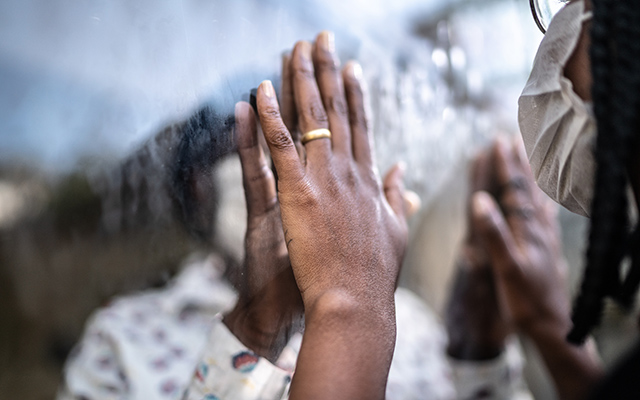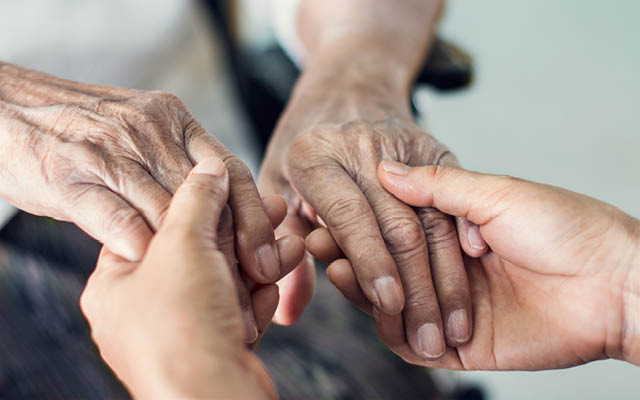Just when you think the nursing-home industry couldn’t possibly sully its checkered reputation any more than it has during the current pandemic, a new study highlights the racial disparities at work in the nation’s nursing homes: Facilities populated with the highest percentage of minority residents report three times as many COVID-19 deaths than those housing a predominantly white population.
Writing in JAMA, lead study author Rebecca Gorges, PhD, a postdoctoral fellow at the University of Chicago, describes the mechanism by which these dismal results may occur: BIPOC communities have been harder hit by the virus than any other segment of the population; members of those communities tend to end up in larger, understaffed nursing homes in lower-income areas; and those facilities tend to offer less quality care.
“Relative to white individuals, Black individuals are more likely to be admitted to the lowest-quality nursing homes, which have lower nurse staffing ratios, more serious regulatory deficiencies, and a higher likelihood of being terminated from the Medicaid program,” Gorges writes. “Disparities in care appear to be largely a function of where people go for care rather than differential treatment of staff members within the same facilities, as nursing homes are highly segregated.”
These disparities are only exacerbated by the fact that Black and Hispanic patients also tend to harbor more chronic health conditions than their white counterparts when they’re admitted to these busier nursing homes, where the crowded conditions invite the spread of the virus.
The segregated nature of the industry and its effect on patient outcomes have been well documented, Gorges admits, but the pandemic has cast those issues into sharper relief. “Because minority communities experience the highest rates of COVID-19 infection and nursing homes in those communities are generally of lower quality,” she explains, “non-white nursing home residents are in the eye of that perfect storm.”
None of this should really be surprising. Last September, a New York Times analysis found that nursing homes hosting a larger percentage of minority residents were about twice as likely as those housing a mostly white population to see the virus spread within their walls. Nor did quality-of-care ratings seem to matter. “Even predominantly Black and Latino nursing homes with high ratings were more likely to be affected by the coronavirus than were predominantly white nursing homes with low ratings,” the authors report.
And, while officials at these facilities claim they’re doing everything they can to protect their residents, some industry leaders seem to shrug off these disparities as simply the nature of the beast. “Typically what occurs in the general population is mirrored in long-term care facilities,” says David Gifford, MD, chief medical officer for the American Health Care Association, an industry trade group. Nursing homes — especially larger facilities — located in areas that have seen spikes in cases and deaths will also see outbreaks, he explains.
If that were the case, large nursing homes, regardless of population mix, would report more outbreaks. Ditto for facilities located in dense, low-income urban areas. But the Times report found that racial disparities persisted even after accounting for the infection rate in the community surrounding the facility, the size of the nursing home, population density, and income levels.
“Large homes with few Black and Latino residents were less likely to have outbreaks than large ones with more Black and Latino residents,” the authors write. “A home in an urban area was less likely to get hit by the virus if it had a small Black and Latino population.”
This is just data, of course — numbers on a spreadsheet. For Anita Kelly, it’s personal. Her father was one of the 158, mostly Black, residents who contracted the virus at a Baltimore nursing home and died last April. Kelly questions why testing wasn’t made available earlier than it was, but mostly she wonders how officials there would have responded to the pandemic if it were mostly white residents who were falling prey to the virus.
“They wouldn’t stand for it,” she tells the Times. “But it’s killing us at a higher rate, and we don’t take it serious.”




This Post Has 0 Comments